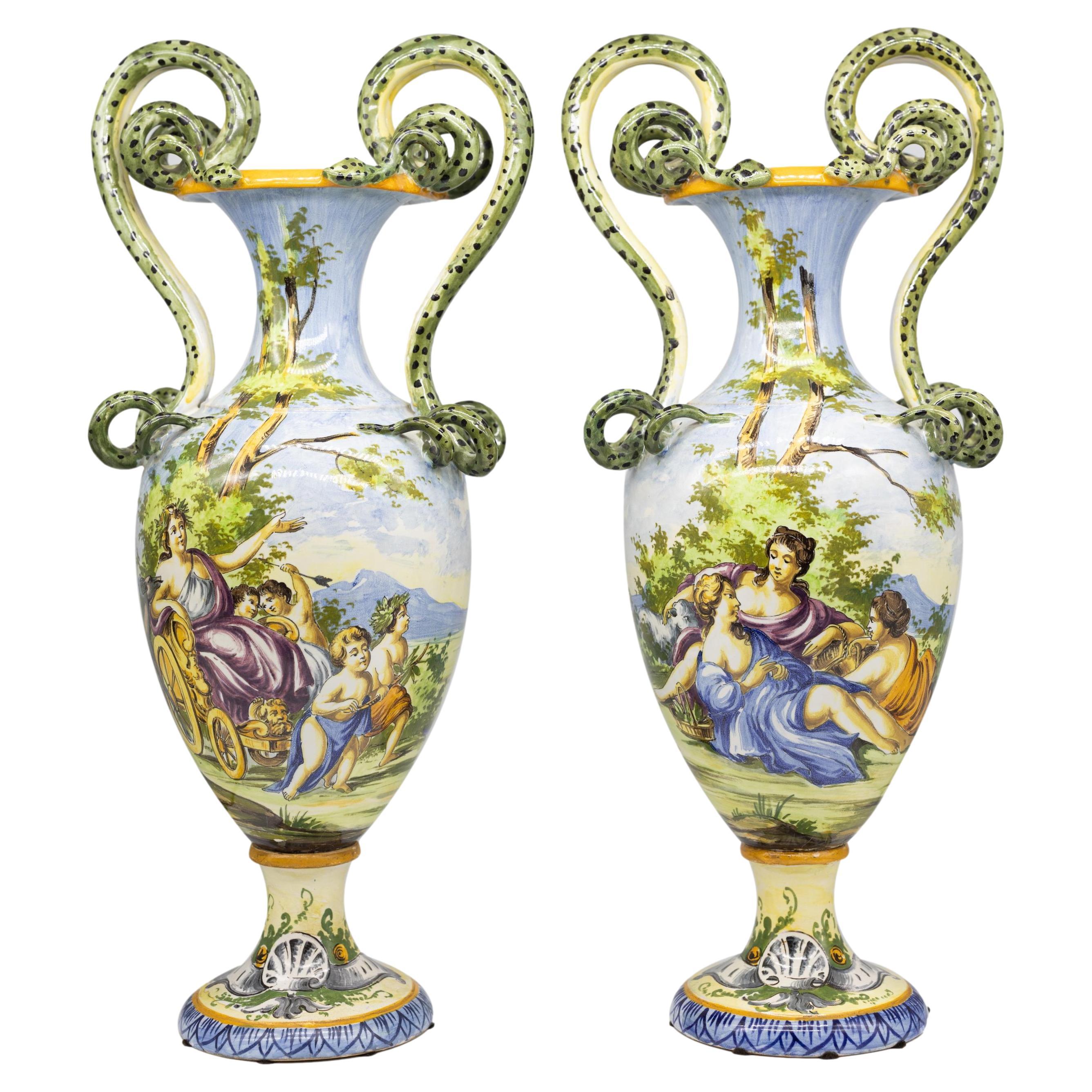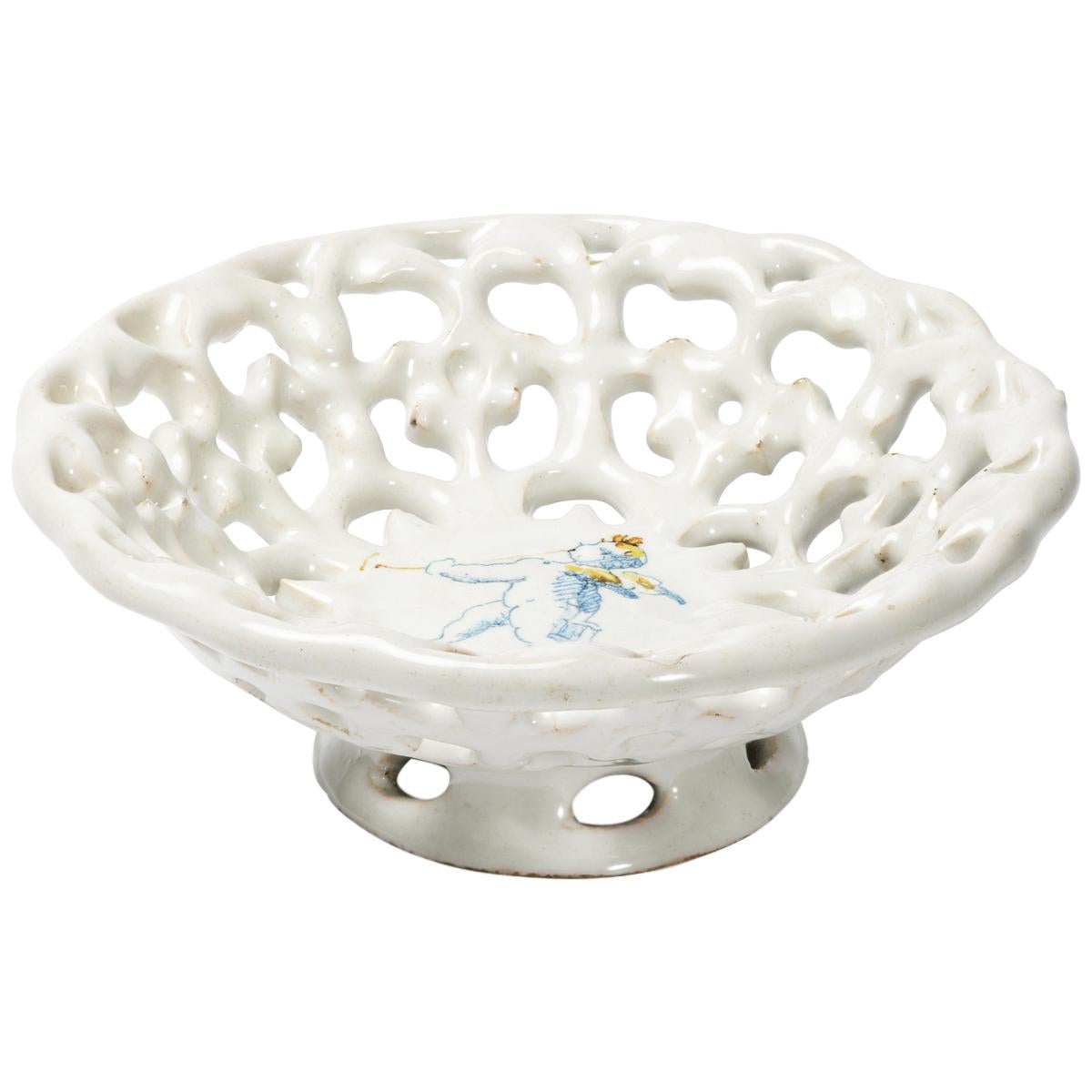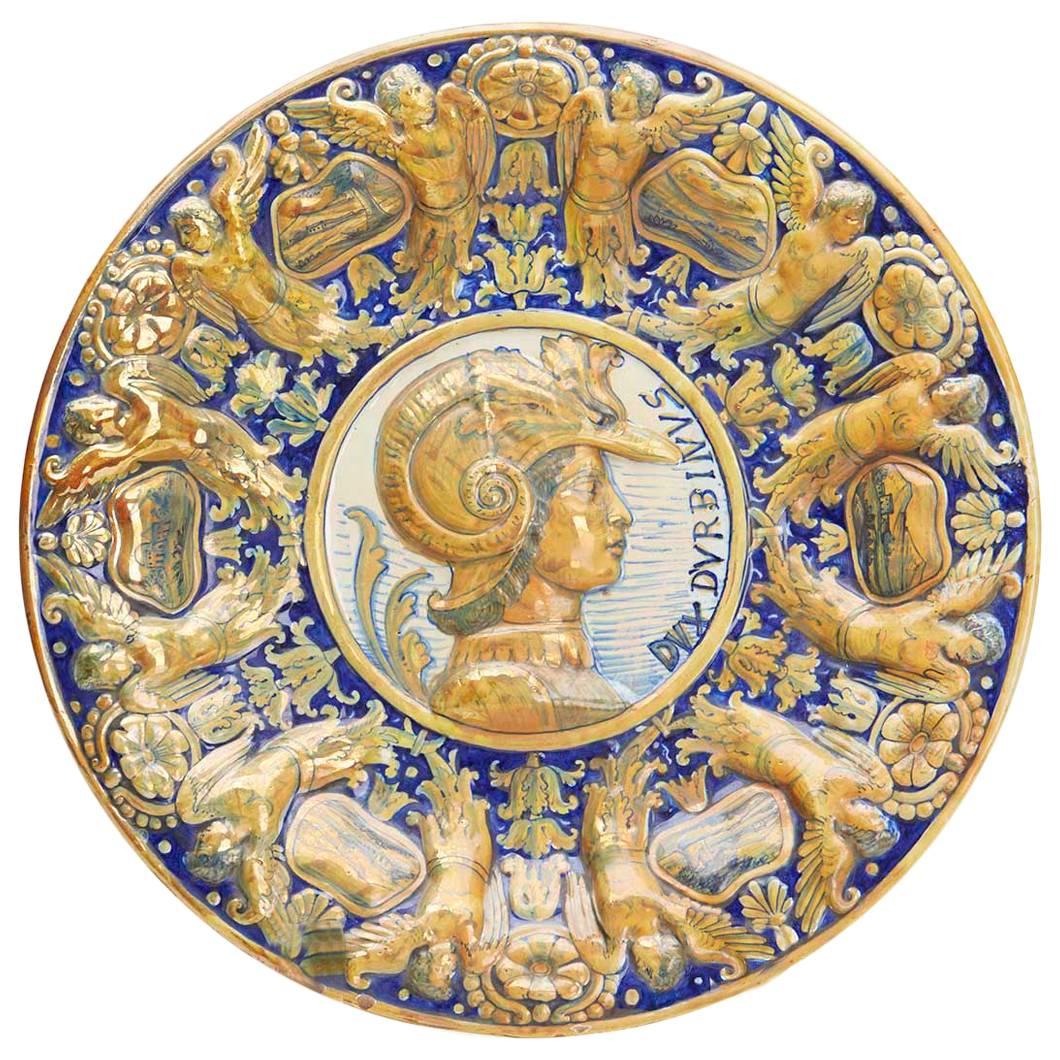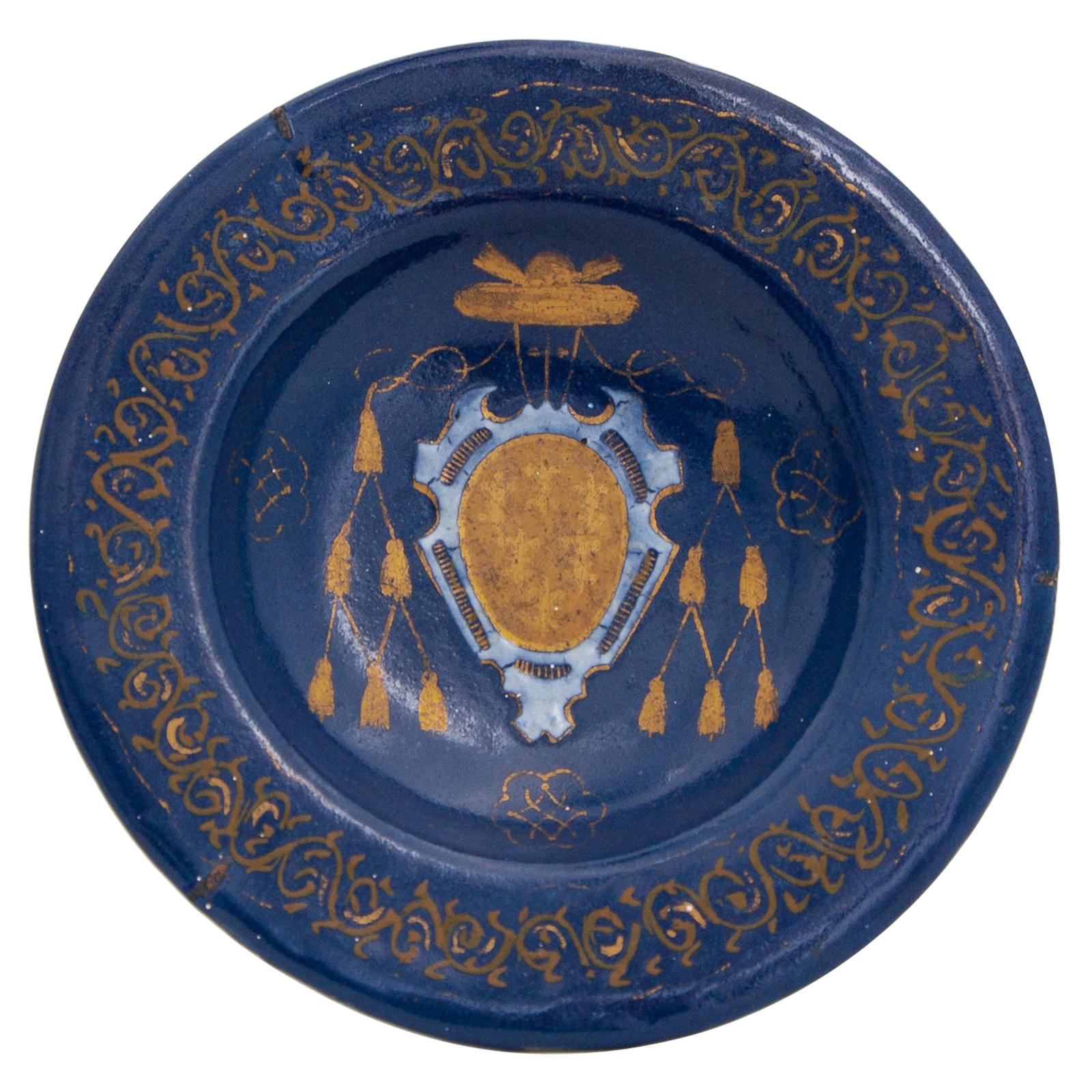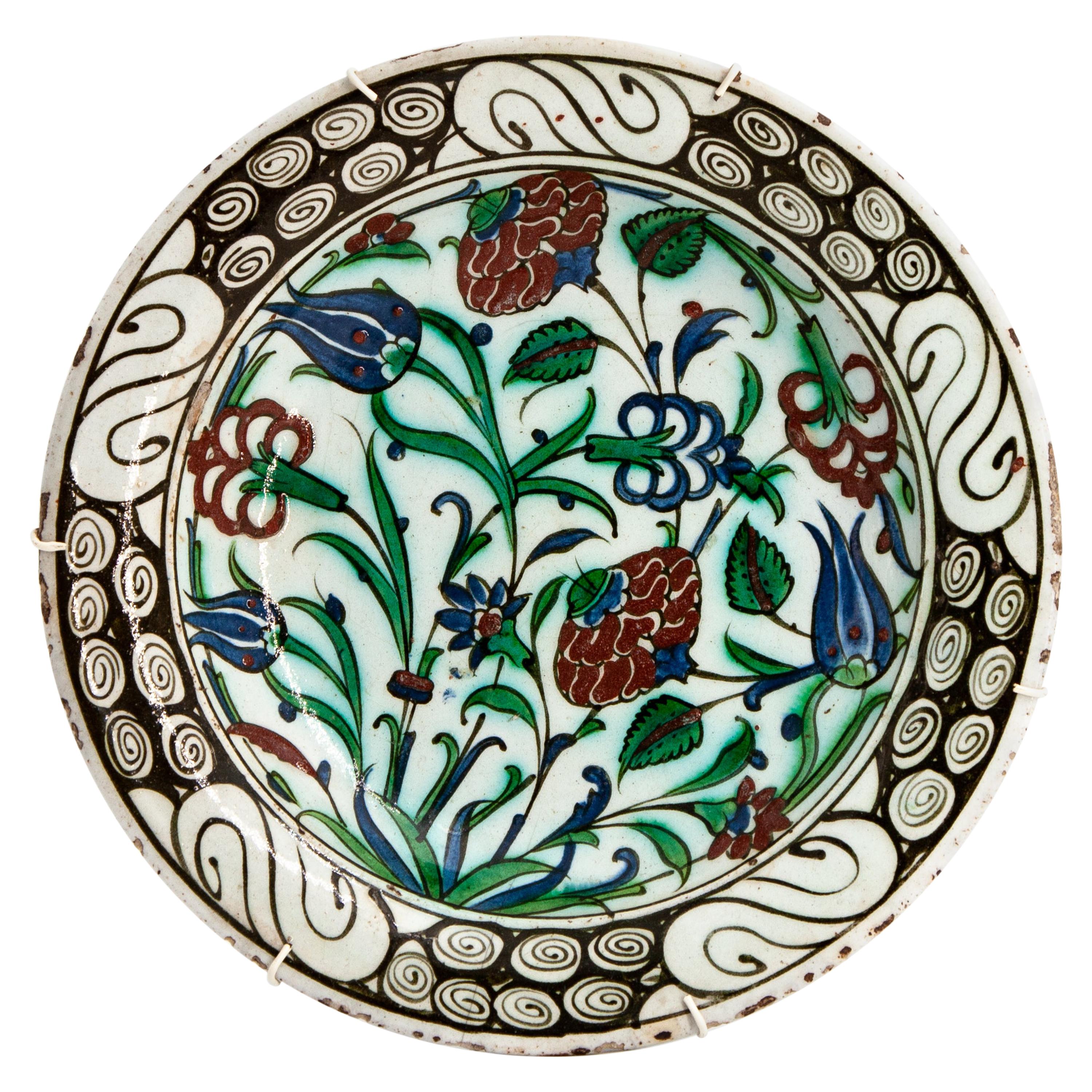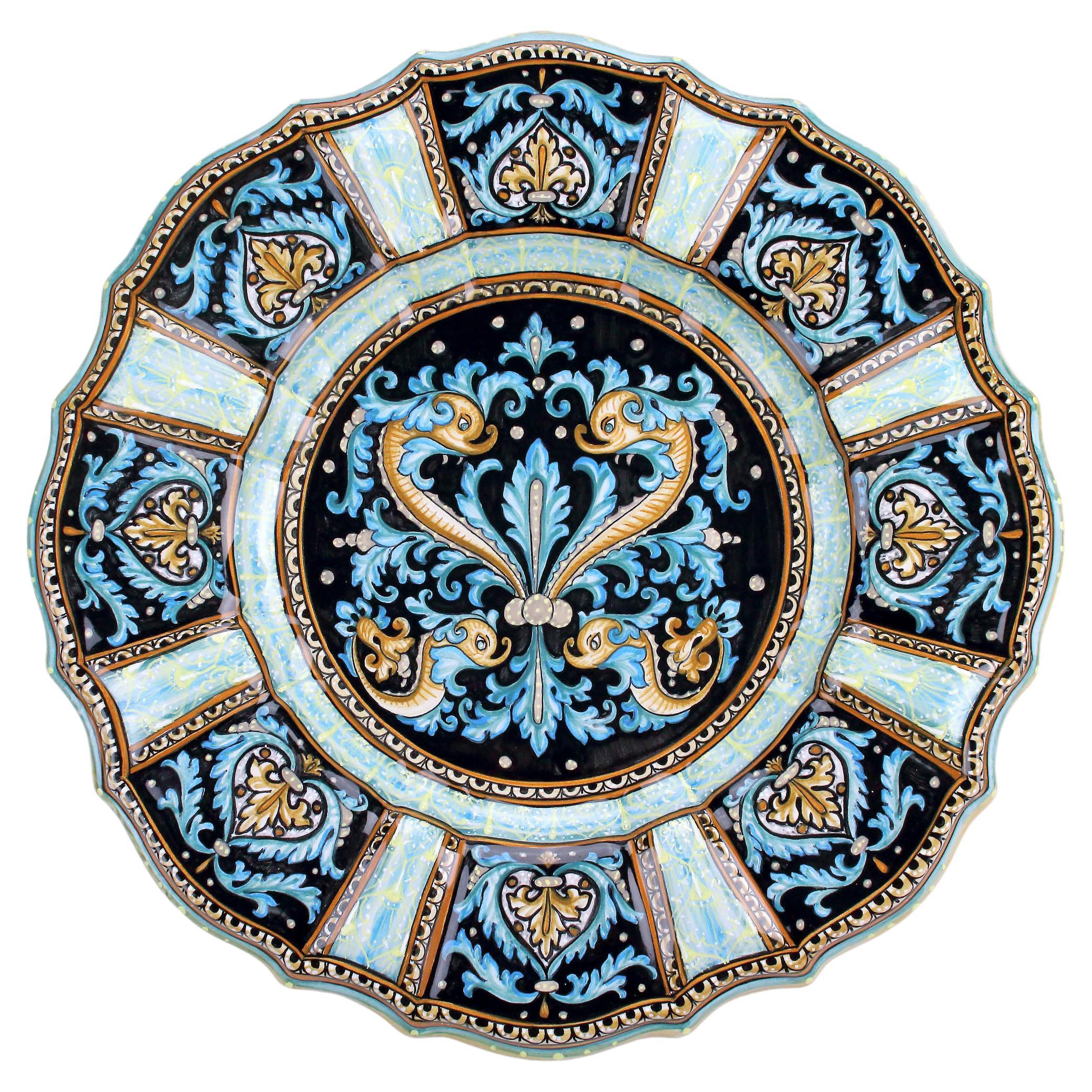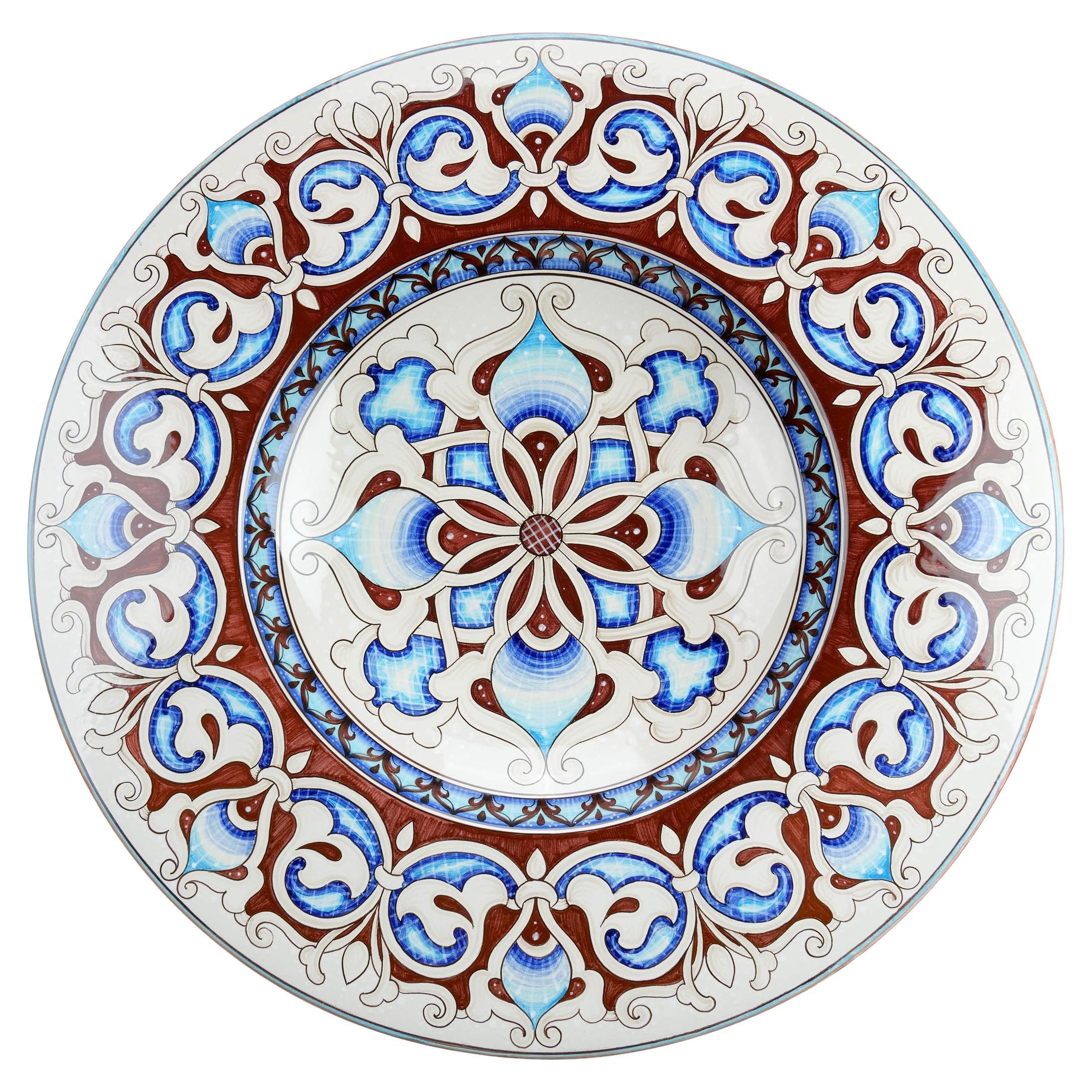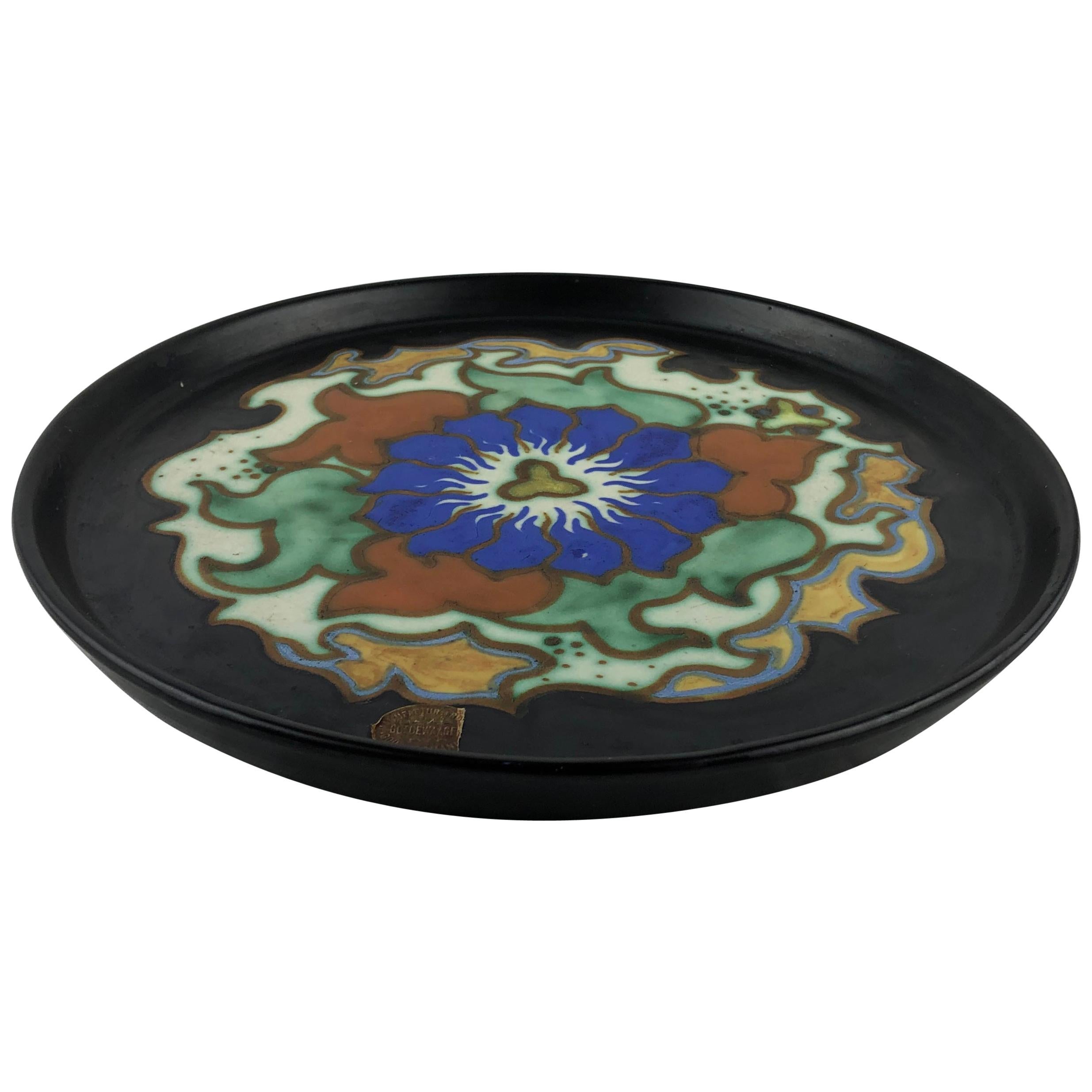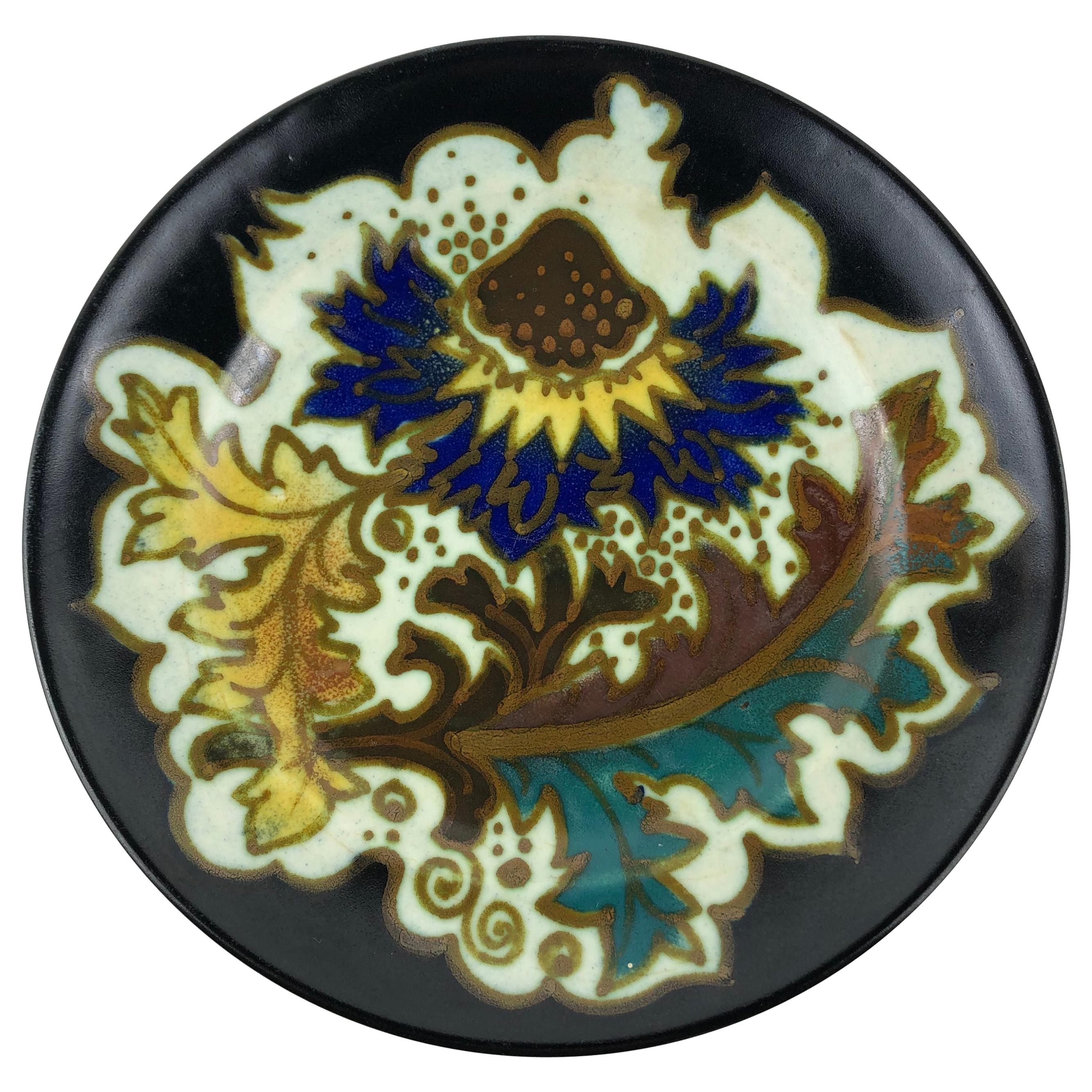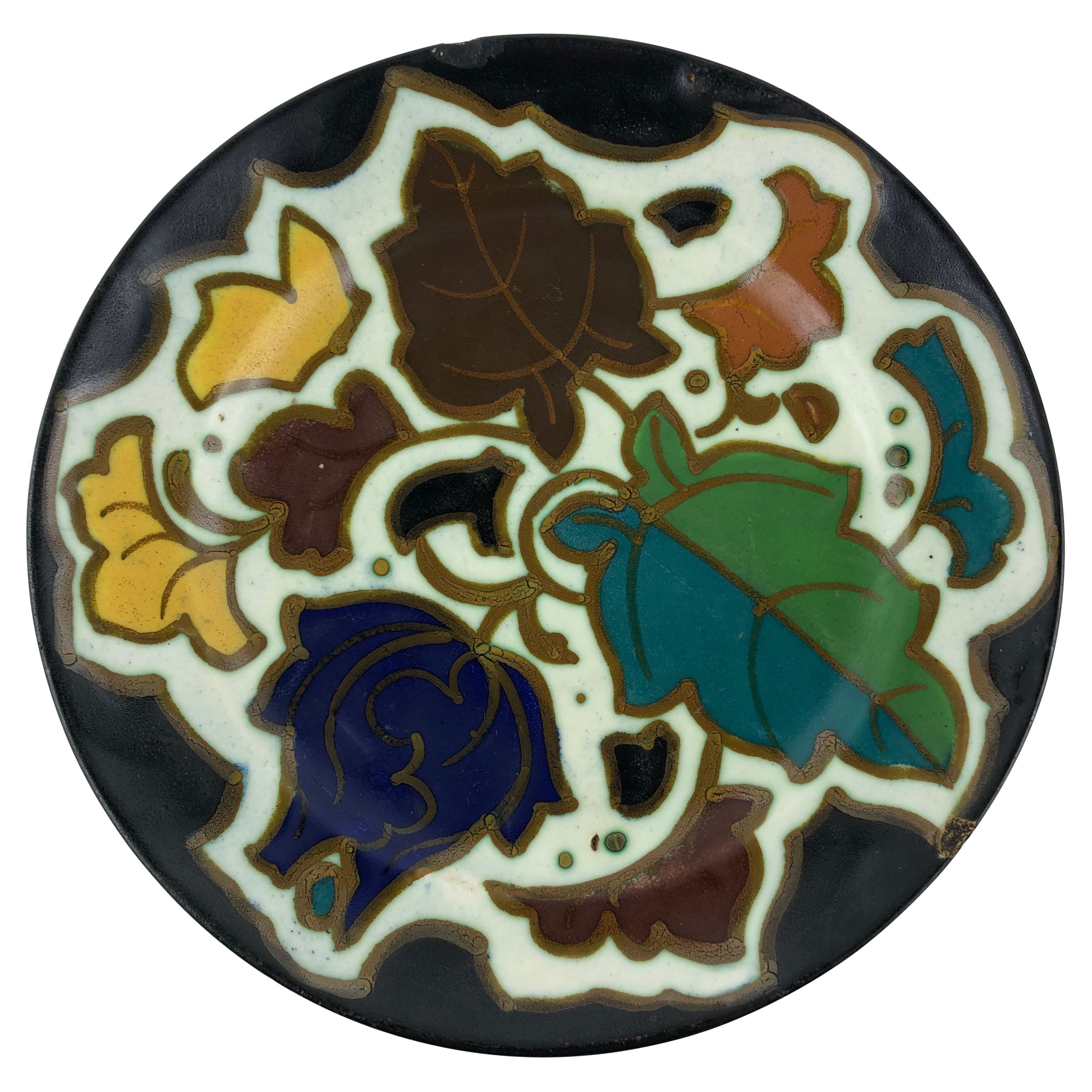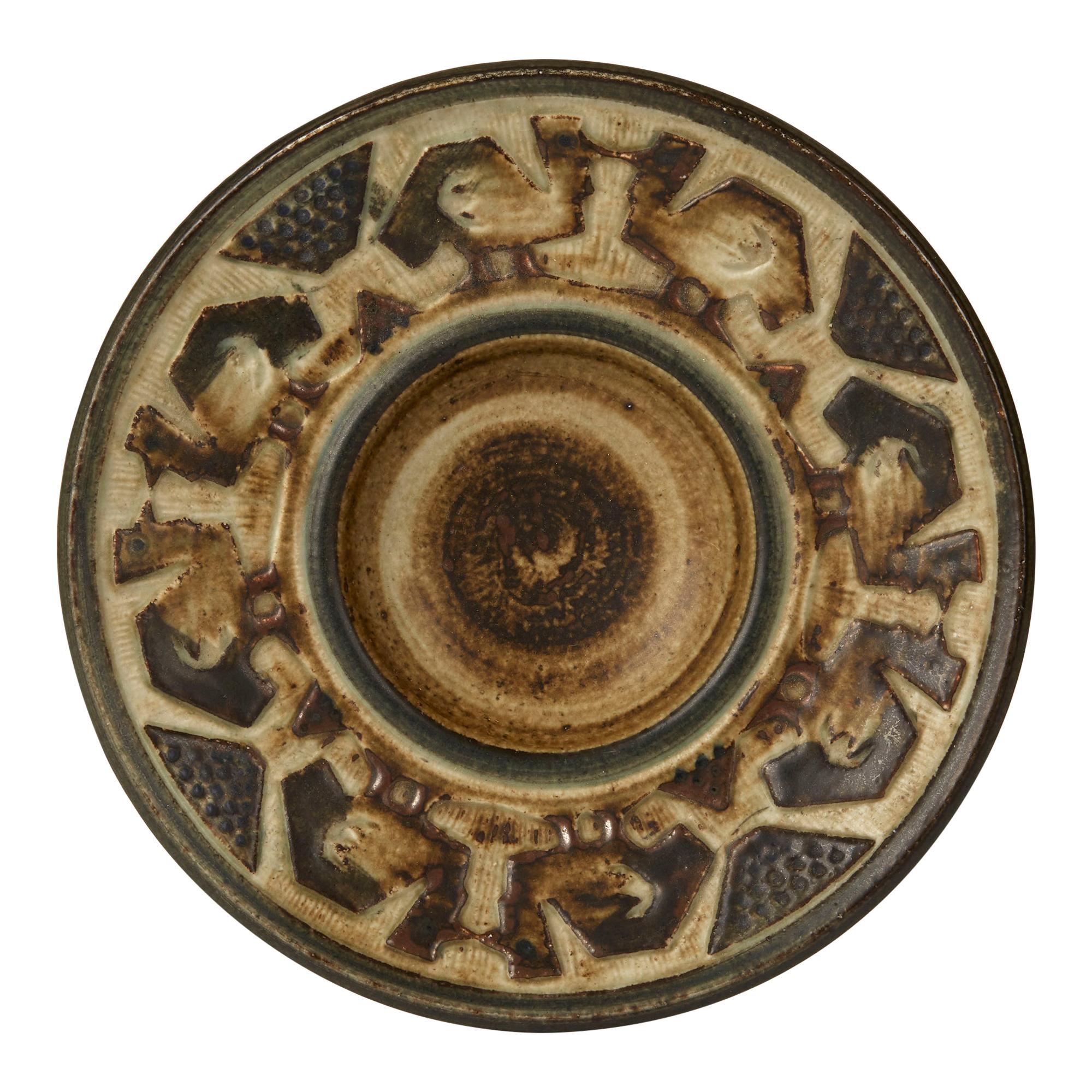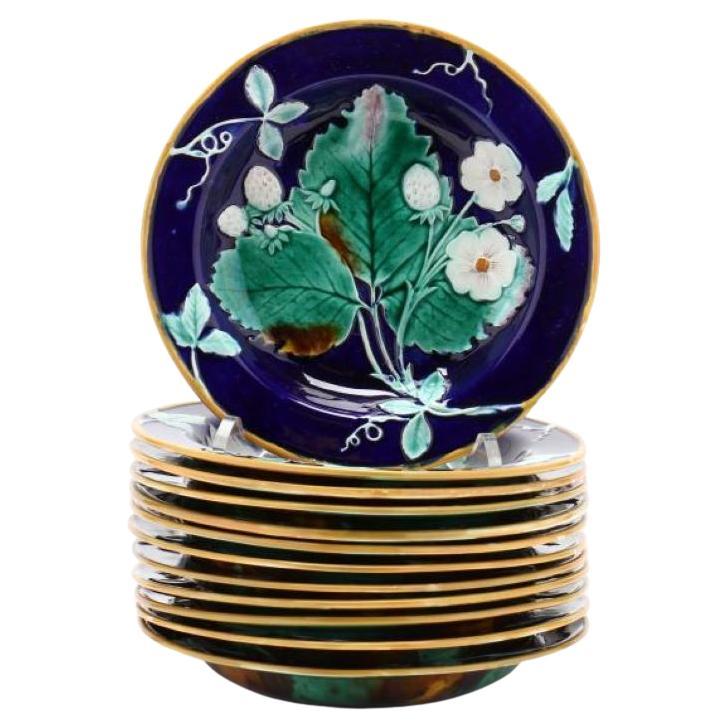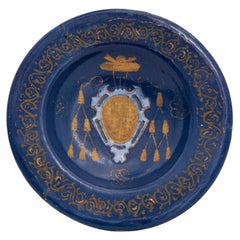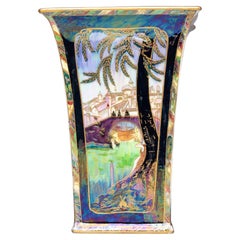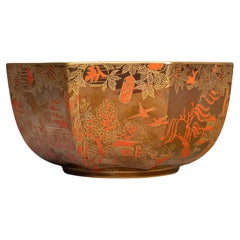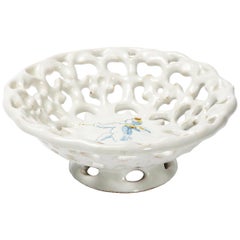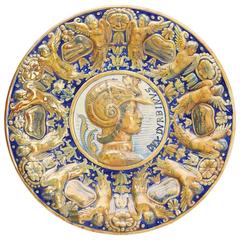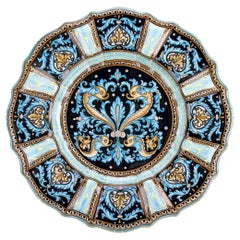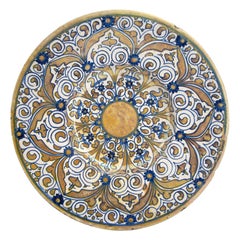
Italian Renaissance Maiolica Deruta Lustre Dish
View Similar Items
Video Loading
Want more images or videos?
Request additional images or videos from the seller
1 of 9
Italian Renaissance Maiolica Deruta Lustre Dish
$3,300List Price
About the Item
- Dimensions:Height: 0.75 in (1.91 cm)Diameter: 9.25 in (23.5 cm)
- Style:Renaissance (Of the Period)
- Materials and Techniques:
- Place of Origin:
- Period:
- Date of Manufacture:circa 1530
- Condition:Wear consistent with age and use. Minor losses. Very little wear to rim. Small rim loss measuring 0.8 cm.
- Seller Location:Fort Lauderdale, FL
- Reference Number:Seller: 2020.29.11stDibs: LU5643223232122
About the Seller
5.0
Vetted Professional Seller
Every seller passes strict standards for authenticity and reliability
Established in 2020
1stDibs seller since 2021
39 sales on 1stDibs
Authenticity Guarantee
In the unlikely event there’s an issue with an item’s authenticity, contact us within 1 year for a full refund. DetailsMoney-Back Guarantee
If your item is not as described, is damaged in transit, or does not arrive, contact us within 7 days for a full refund. Details24-Hour Cancellation
You have a 24-hour grace period in which to reconsider your purchase, with no questions asked.Vetted Professional Sellers
Our world-class sellers must adhere to strict standards for service and quality, maintaining the integrity of our listings.Price-Match Guarantee
If you find that a seller listed the same item for a lower price elsewhere, we’ll match it.Trusted Global Delivery
Our best-in-class carrier network provides specialized shipping options worldwide, including custom delivery.More From This Seller
View All16th Century Castelli Italian Maiolica Farnese alla turchina Dish
By Castelli
Located in Fort Lauderdale, FL
An extraordinary azure maiolica dish in the Farnese service, made by Castelli d'Abuzzo between 1580 and 1589.
In the peak of the High Renaissance, Cardinal Alessandro Farnese commissioned a dinner service from the Castelli maiolica...
Category
Antique 16th Century Italian Renaissance Decorative Art
Materials
Maiolica
Early 17th Century Ottoman Empire Iznik Pottery Dish
Located in Fort Lauderdale, FL
An Iznik pottery dish made in the first half of the 17th century and decorated with chrysanthemums and tulips. The rim features the rock and wave pattern.
Under the direction of O...
Category
Antique Early 17th Century Turkish Islamic Ceramics
Materials
Ceramic
Daisy Makeig-Jones Fairyland Wedgwood Lustre Vase
By Wedgwood Fairyland Lustre, Wedgwood, Daisy Makeig-Jones
Located in Fort Lauderdale, FL
A Wedgwood Fairyland lustre vase designed by Daisy Makeig-Jones ca. 1920 and decorated with the 'Castle on a Road' pattern.
Daisy Makeig-Jones is best known for the Fairyland Lustre...
Category
Vintage 1920s English Art Nouveau Vases
Materials
Ceramic, Luster, Porcelain
Daisy Makeig-Jones Fairyland Wedgwood Lustre Bowl
By Wedgwood Fairyland Lustre, Daisy Makeig-Jones, Wedgwood
Located in Fort Lauderdale, FL
A Wedgwood Fairyland lustre bowl designed by Daisy Makeig-Jones ca. 1925 and decorated with the 'Blue Willow' pattern.
The ‘Blue Willow’ pattern is timeless, inspired by 18th-century Chinese blue and white porcelains and appearing on English transferwares since the early 19th century. Thomas Minton is credited with creating the standard pattern as we know it today circa 1780; from there, all the major English potteries, and some American ones, began producing ‘Blue Willow’ transferwares...
Category
Vintage 1920s English Art Nouveau Decorative Bowls
Materials
Ceramic, Luster, Porcelain
Daisy Makeig-Jones Wedgwood Ruby Lustre Butterfly Box
By Wedgwood Fairyland Lustre, Wedgwood, Daisy Makeig-Jones
Located in Fort Lauderdale, FL
A ruby lustre box with mother-of-pearl lustre interior and decorated with polychrome butterflies in gold, designed by Daisy Makeig-Jones circa 1920.
This ...
Category
Vintage 1920s English Art Nouveau Decorative Boxes
Materials
Ceramic, Luster, Porcelain
Mid-19th Century Minton Victorian Majolica Game Pie Dish
By Minton
Located in Fort Lauderdale, FL
A majolica game pie dish made by Minton & Co. in 1864. The dish takes the form of a wicker basket and is covered with oak leaves, acorns, vines,...
Category
Antique 1860s English Victorian Serving Pieces
Materials
Earthenware, Majolica, Pottery
You May Also Like
Pair of Italian Maiolica Vases, Coiled Snake Handles, Ca. 1880
By Capodimonte
Located in Banner Elk, NC
Pair of Italian Maiolica Vases, of baluster form, with polychrome Renassance style decptions, on pedestal bases, with large molded and applied snakes forming the handles, the reverse...
Category
Antique Late 19th Century Italian Renaissance Revival Ceramics
Materials
Maiolica
Ancient Italian Renaissance Maiolica Crespina, Faenza, 1580 Circa
Located in Milano, IT
Crespina
Faenza, last quarter of the 16th century
Maiolica painted in two colors, light blue and yellow, on a thick, rich layer of white enamel.
It measures 2.24 in (5.7 cm) in height, 6.10 in (15.5 cm) in diameter.
lb 0.55 (kg 0.25)
State of conservation: mimetic restoration.
The small cup has a raised central “umbone”, a perforated brim and a shaped rim. It rests on a high jutting foot. The "crespina" shape, in some inventories is cited as "tacce de frute" (fruit cups). It was particularly appreciated in the Renaissance and has variants based on the formal types and the different sizes. The decoration, made according to the dictates of the “compendiario” style, used few standardized colors: blue and yellow on a thick white and shiny enamel, deliberately chosen as the colour which was most reminiscent of silver. This choice derived from a trend in creative design of the era: the shapes used in the molds were often taken from metal objects. An idea which would last throughout the Renaissance.
The work shows, in the middle of the “umbone”, a winged putto stepping forward while playing a long thin trumpet.
The depiction of the putto is fully representative of the repertoire of the Faenza workshops of the sixteenth century.
Some specimens with this type of decoration have been published in a volume by Carmen Ravanelli Guidotti: there appears the whole productive repertoire of this fundamental moment of transition between the taste for the “istoriato” style and the great simplification of decoration in the “compendiario” period. This style, in its simplicity, however, saw its expression in a rather varied collection of decorative subjects, including old-fashioned busts...
Category
Antique 16th Century Italian Renaissance Ceramics
Materials
Maiolica
Antique Continental Maiolica Moulded Lustre Figural Wall Plaque / Dish
Located in Bishop's Stortford, Hertfordshire
A superb antique relief moulded Continental Maiolica dish or plaque relief moulded with a side profile portrait of a figure wearing a military helmet and with the words DUX D'URBINUS...
Category
Antique 19th Century European Decorative Dishes and Vide-Poche
Materials
Maiolica, Earthenware
Majolica Plate Centerpiece Ceramic Wall Dish Hand-Painted Dolphins Deruta Italy
By deBlona
Located in Recanati, IT
Majolica dish hand made and hand-painted in Deruta, Italy, according to the original Renaissance painting technique. The dish is enriched by the presence of four metamorphic dolphin-...
Category
21st Century and Contemporary Italian Renaissance Ceramics
Materials
Ceramic, Majolica
Large Decorative Plate Majolica Wall Dish, Centerpiece Hand Painted Italy Deruta
By deBlona
Located in Recanati, IT
Our ceramic plate "Mediterranean Nuances" is handmade and hand-painted in Italy: realized in majolica painted in polychrome, it is characterized by elegant decorative motifs of the Deruta tradition colored with different variations of blue and brown tones following the original Renaissance painting technique. The particular shape of this dish is traditionally called "a priest's hat". This majolica can be exposed as an centerpiece or it can be used as a fancy wall dish...
Category
21st Century and Contemporary Italian Renaissance Decorative Art
Materials
Ceramic, Majolica
Gouda Pottery Art Nouveau Decorative Plate/Dish, Holland
Located in Miami, FL
Dutch Art Nouveau ceramic dish from Gouda, Holland with traditional period flowery and curvaceous designs. Matte glaze, mixture of abstract and floral designs, circa 1920s.
Very col...
Category
Early 20th Century Dutch Art Nouveau Pottery
Materials
Ceramic
Recently Viewed
View AllMore Ways To Browse
Hand Painted Antique Italian Pottery
Antique Islamic Pottery
Italian Renaissance Pottery
Silver Iraq
Italian Deruta Pottery
Iridescent Glass Dish
Silver Lustreware
Spanish Lusterware
Antique French Confit Pottery
Pearl Pottery
French 19th Century Pottery Bowl
Oaxaca Pottery
Cherub Pottery
Continental Pottery
Staffordshire Pearlware
Studio Pottery Chargers
Roseville Art Pottery
Pottery Barrel
